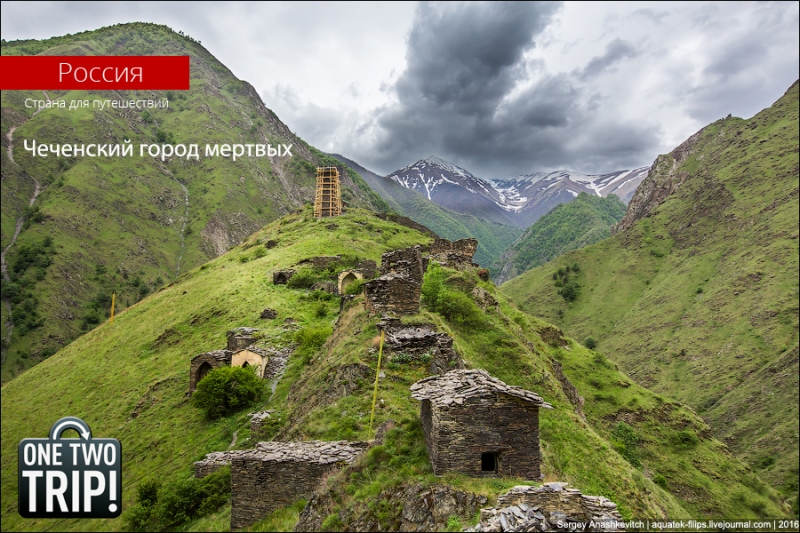
In the “Cudablin” project, we send completely different people on trips at our expense! Sergei Anashkevich visited Chechnya: he visited the medieval Chechen fortress-necropolis of Tsoi-Pede, saw the stunningly beautiful Argun Gorge, found out why the streets in Grozny are so sparsely populated, and what dishes are worth going to Chechnya for. More details in his report!
Read the first part of the report here.
Kudablin? To the Chechen City of the Dead!
Many sources include this place in the list of the most inaccessible attractions in Russia.
Everywhere they write that you can only get into the City of the Dead, whose crypts are filled with the bones of people who came here to die, only with the permission of the FSB. As it turned out, getting here is not at all difficult and Tsoi-Pede can be safely excluded from the list of hard-to-reach places.
But the place, of course, is still that…
The medieval Chechen fortress-necropolis Tsoi-Pede is located quite far from civilization, 30 km from the nearest settlement Itum-Kali at the confluence of the Argun River with the mountain river Meshi-Ti. The steep rock, on the crest of which are scattered 42 crypts made of stone back in the 14th-17th centuries, is essentially a kind of island surrounded on all sides by icy water. An island where man himself came to die.
He climbed the slope, chose a crypt, climbed into a special window and lay down on the free stone bunks. If someone’s dead body lay there, he simply threw it down and took up the vacant space… Until one day someone throws you down.
The bones of dead people lie in these crypts even today…
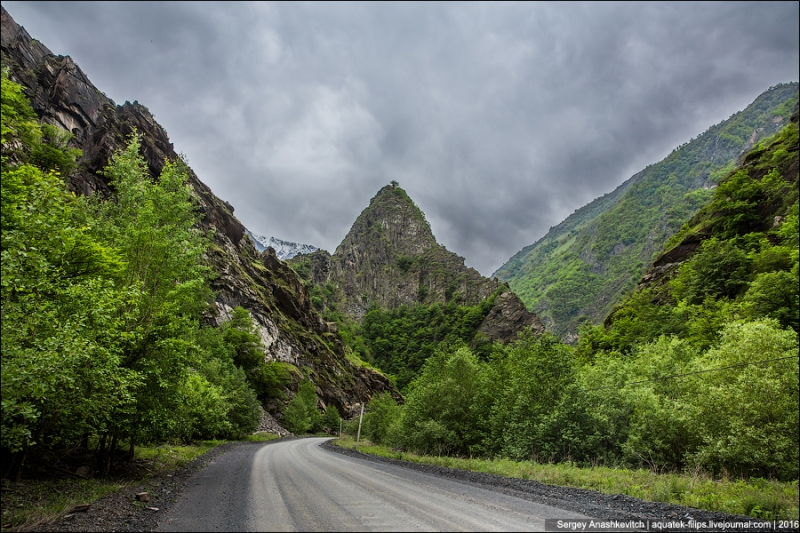
So, to get to Tsoi-Pede now you don’t need FSB permission. It is enough to buy a tour on the spot and they themselves make all the necessary notifications to the competent authorities. Moreover, I ordered the tour the day before the trip, and they managed to do everything by the next morning.
The road to Tsoi-Pede goes through the stunningly picturesque Argun Gorge, and it is simply impossible to drive along it without stopping. We stopped dozens of times to take pictures of the river, mountains, mountain goats and cliffs overhanging the abyss.
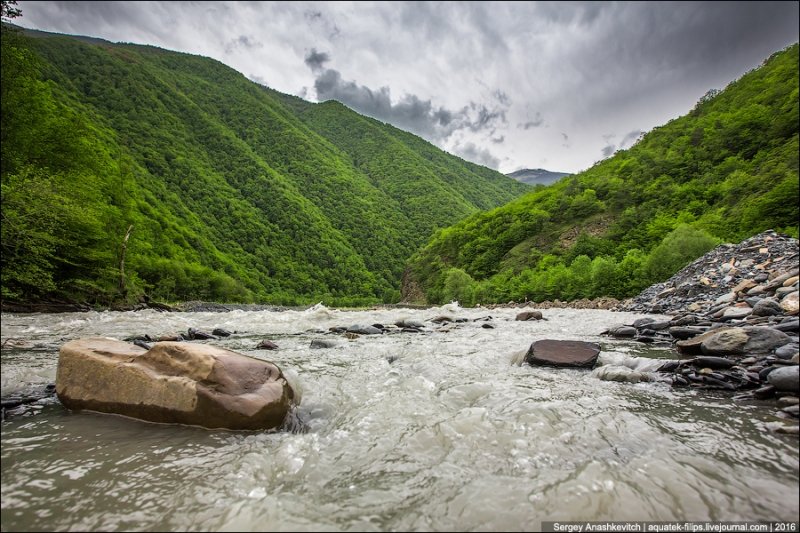
The Argun River along the way is sometimes narrow and swift, sometimes wide and seething, like boiling water in a huge cauldron. True, the water in the river is far from boiling water, but on the contrary, it is icy. To the point where your bones ache if you try it with your hand.
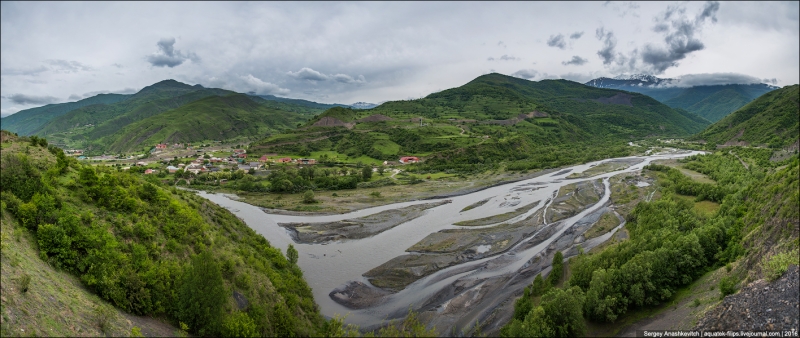
Argun River
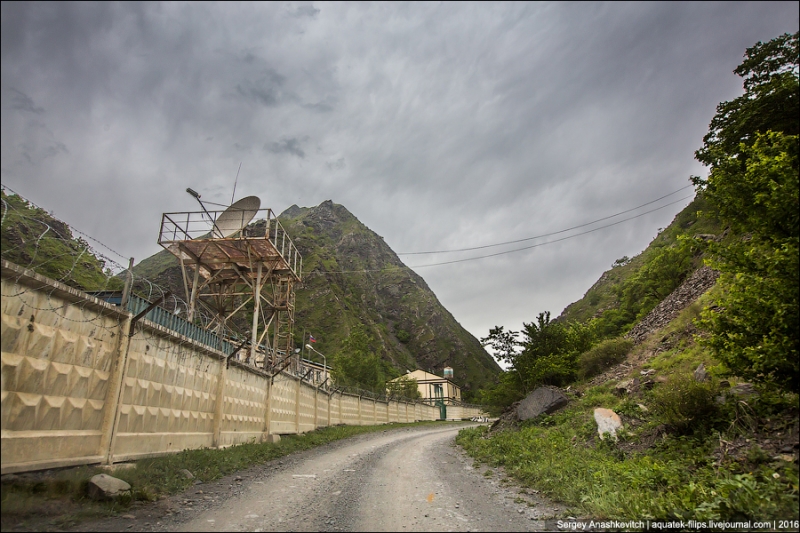
Immediately after Itum-Kali, the asphalt road ends, a grader and a series of border posts begin. And about ten kilometers away there is a border post. All passengers are disembarked here. You need to register with the border guard, the car is inspected separately while you walk along a separate corridor. The border guard emphasizes that before dark we must leave the border zone and return back to Itum-Kali.
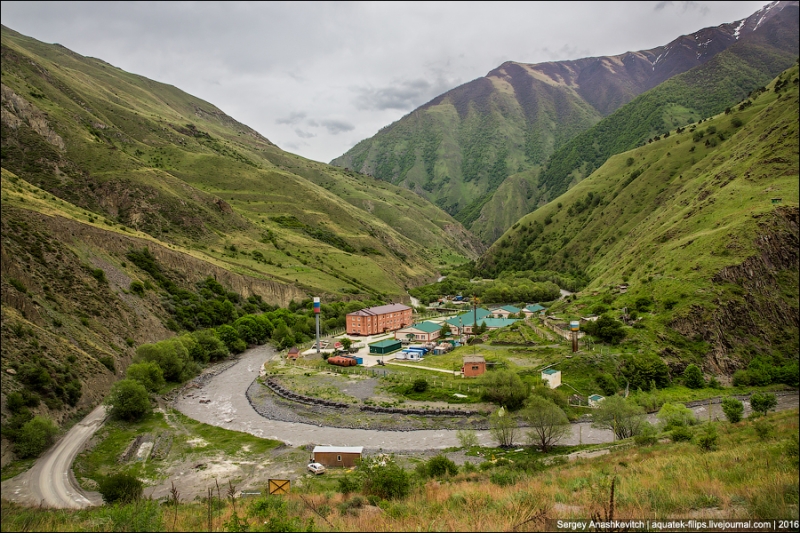
At the foot of the cliff, where Tsoi-Pede is located, there is a border outpost. There is no further road. The border guard stops cars with tourists, asks them to leave them on the site in front of the military unit, enters the data of those who arrived in the log and … even accompanies you to the beginning of the trail to the “dead city”. Of course, it is unlikely that he sees off every tourist group, but he saw us off – there were no other visitors that day. We asked him how often tourists come here, he replied that recently they have been coming more often, due to the simplification of access procedures.
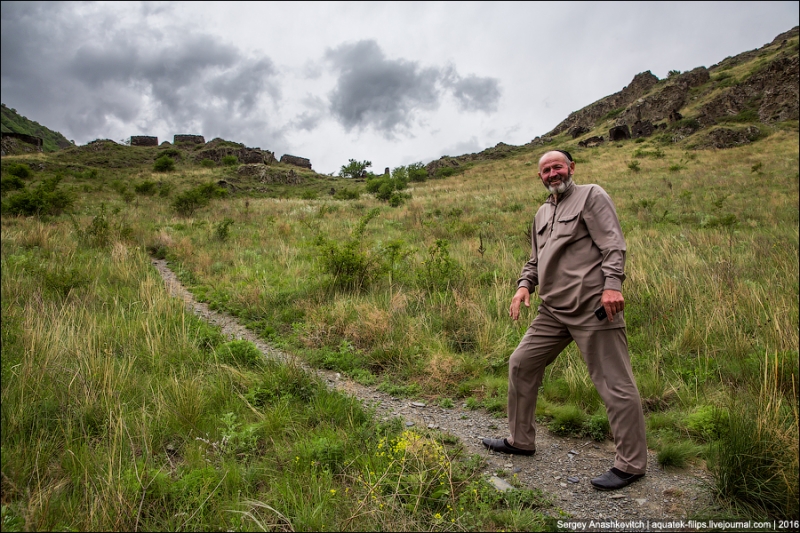
Our driver Said was born not far from this place, in Itum-Kali, and knows everything here like the back of his hand.
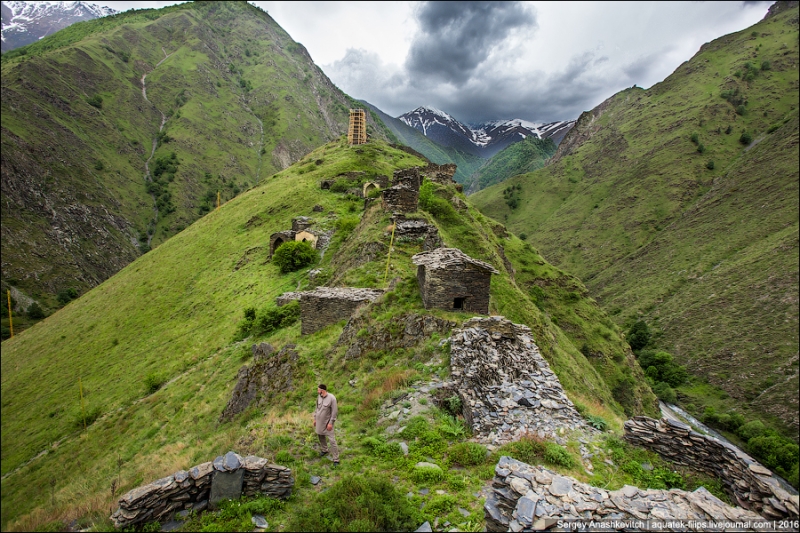
The exact date of the foundation of the City of the Dead is unknown, the earliest crypts date back to approximately the 5th century, it is known that in the 17th century the crypts were still used for their intended purpose. By the way, the very name of the city – Tsoi-Pede – is translated as “Settlement of the Deity.”
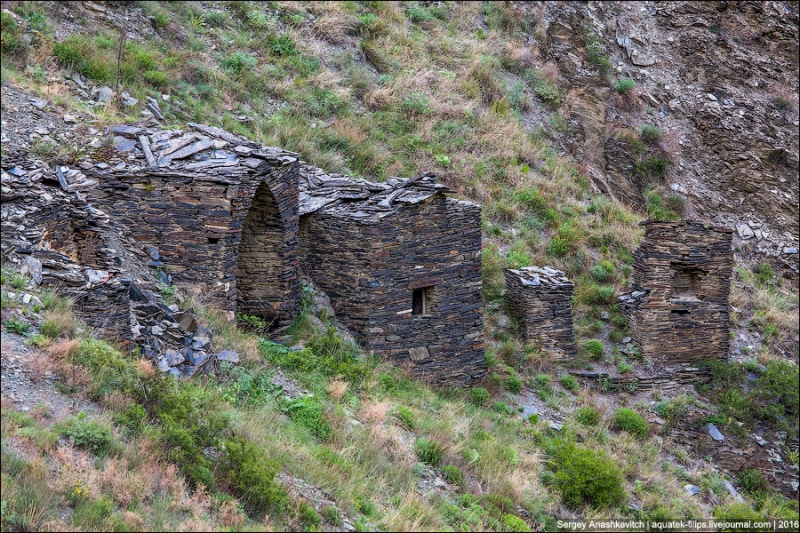
As I said above, people themselves came to this place to die. Some, feeling the approach of death, and some due to illness or during epidemics.
The man climbed the slope, chose a crypt, climbed into a special window and lay down on the free stone bunks. If someone’s dead body lay there, he simply threw it down and took up the vacant space… Until one day someone throws you down.
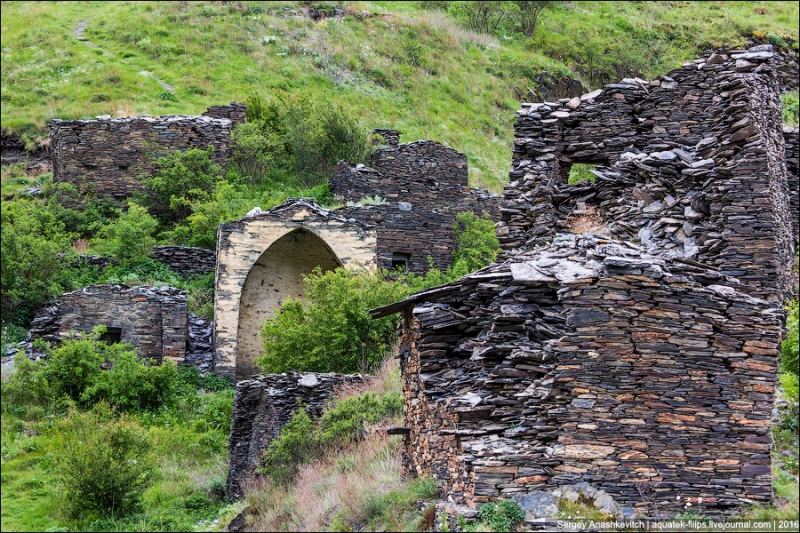
Many of the crypts have been partially destroyed by time. Still, the first of them were made of stone 1.5 thousand years ago.
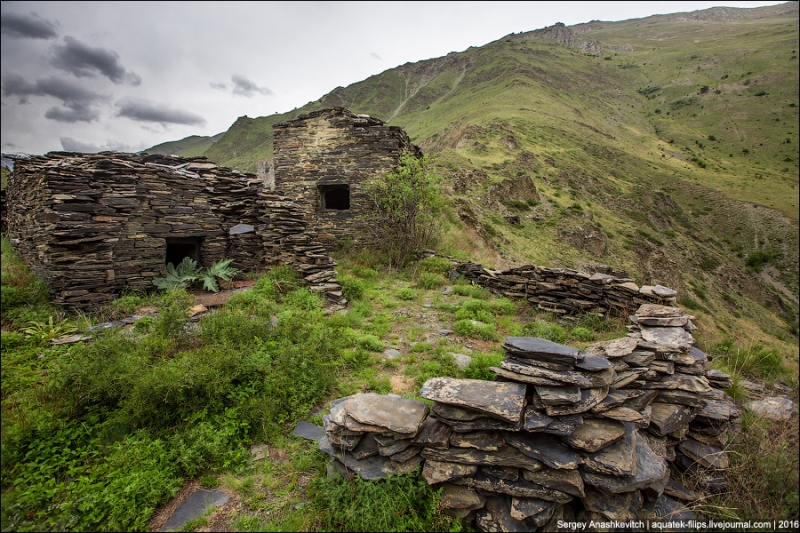
Crypts in the City of the Dead
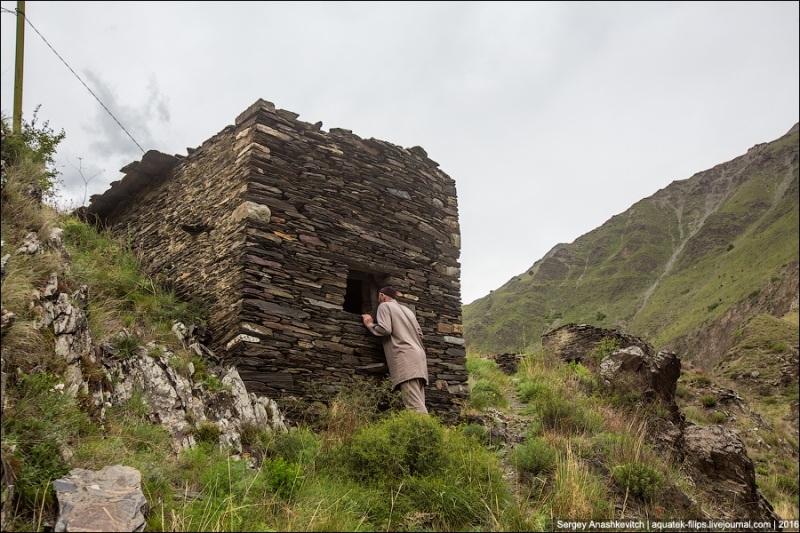
Said complains that many crypts have now been looted and there are almost no bones left in them. Who pulled them out of there and where they took them is a mystery…
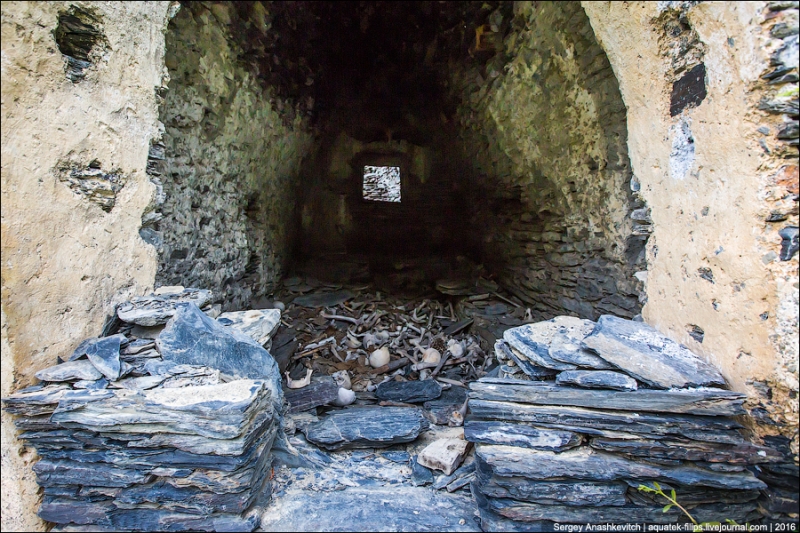
But some still have something left…
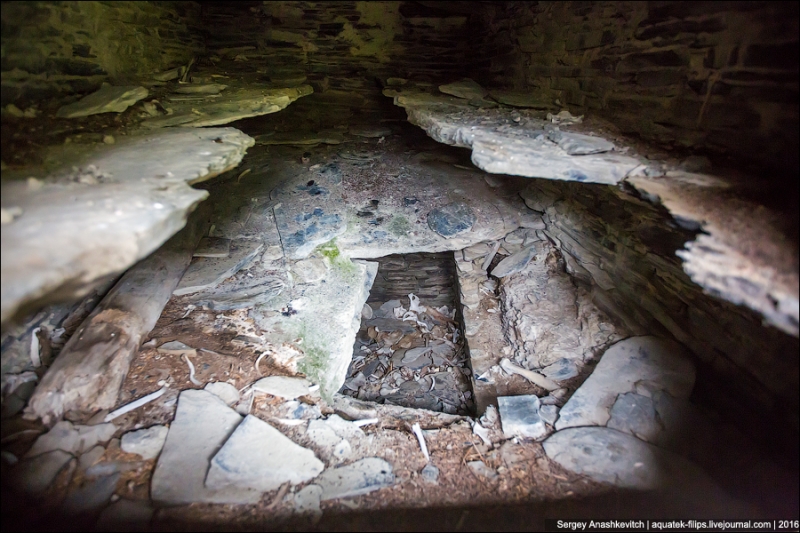
The stone shelves on the sides of the crypt are the very bunks on which people lay to die. And the bodies were thrown into a recess in the center of the crypt.
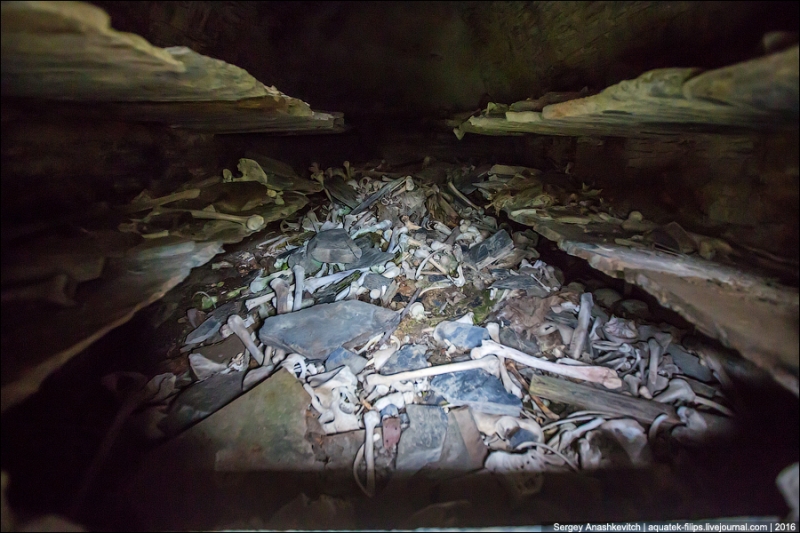
Bones…
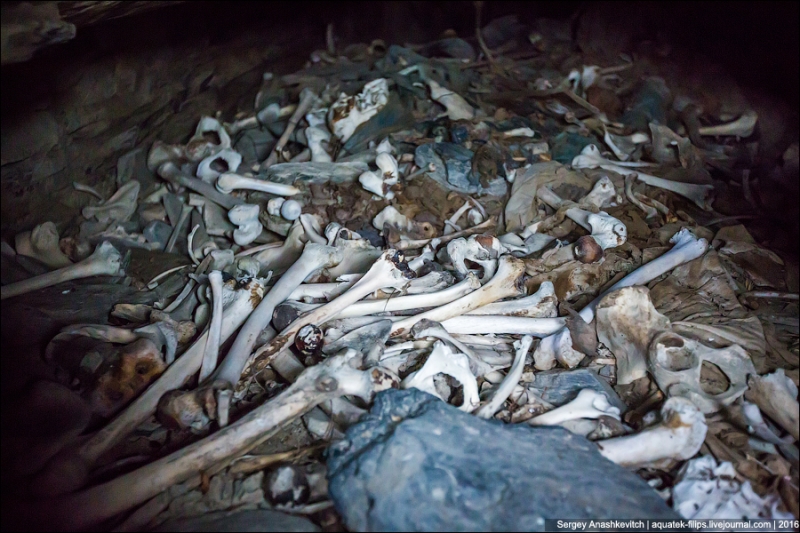
…and more bones…
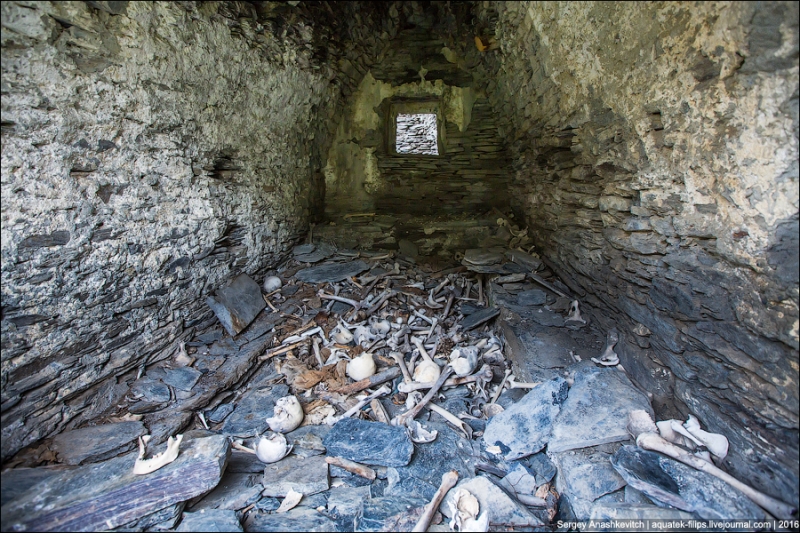
…and again bones…

Lots of bones
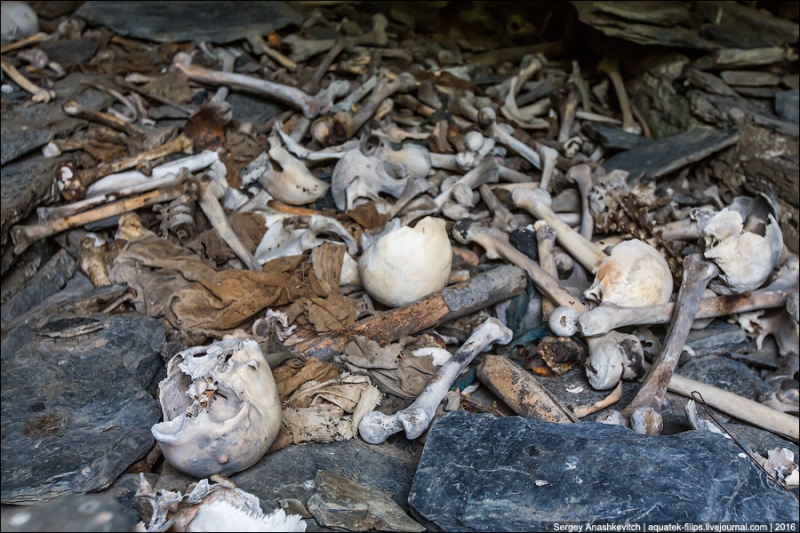
It’s even getting scary
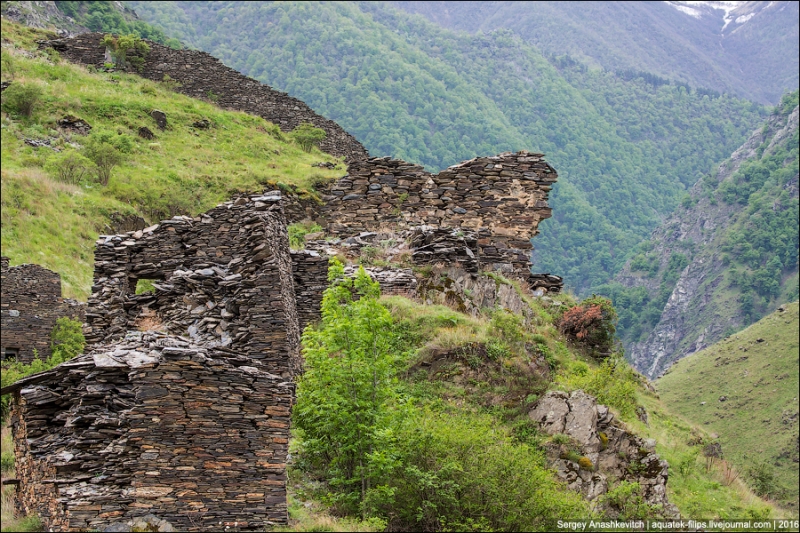
And behind the walls of the crypts there is spring and beauty….
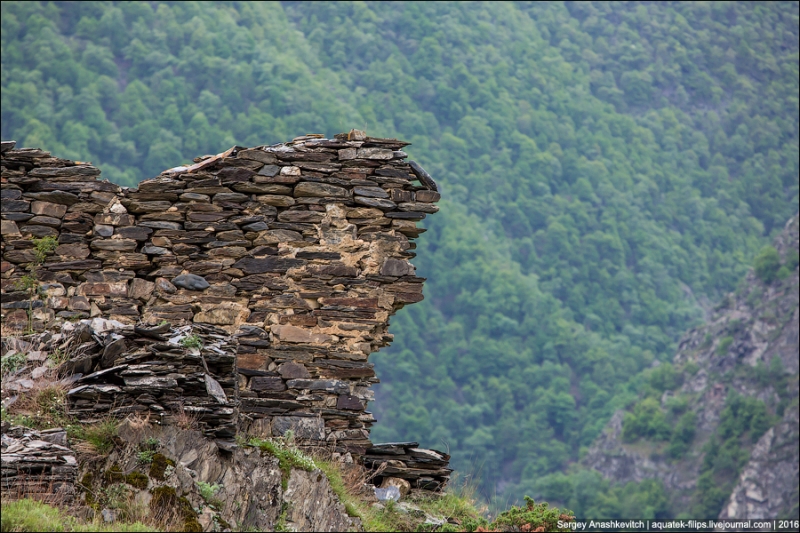
Hills
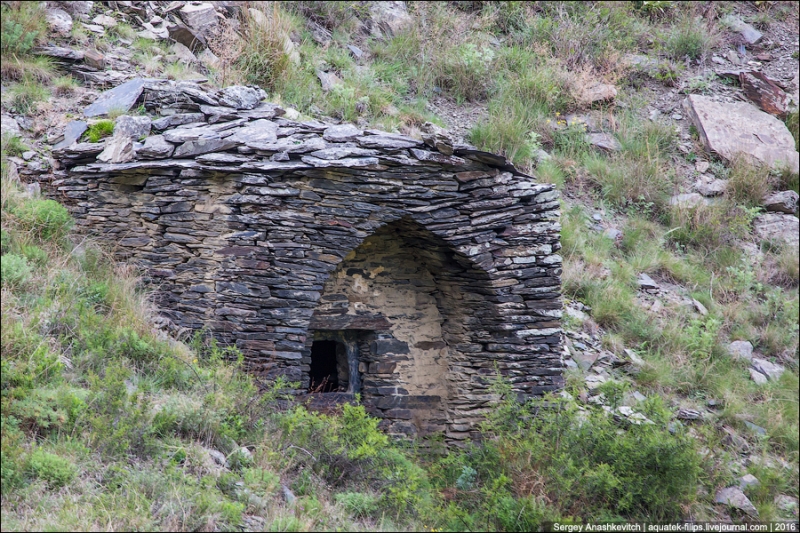
Serenity
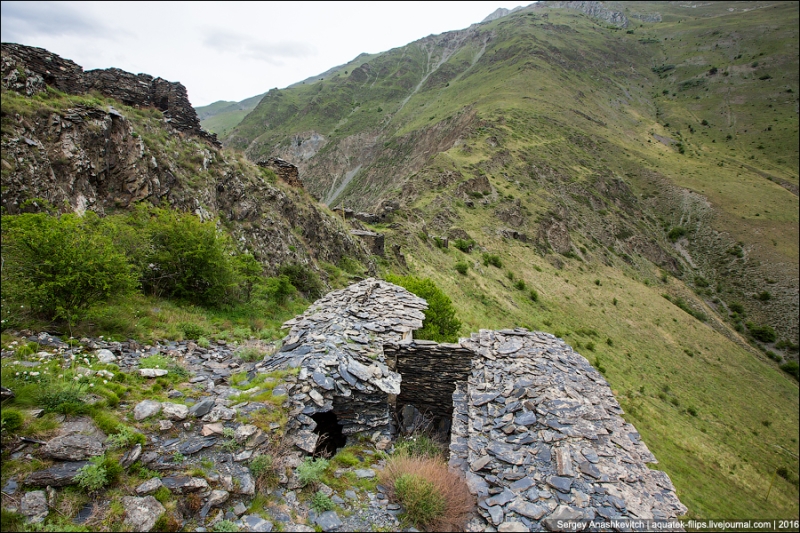
Ubiquitous shrubs
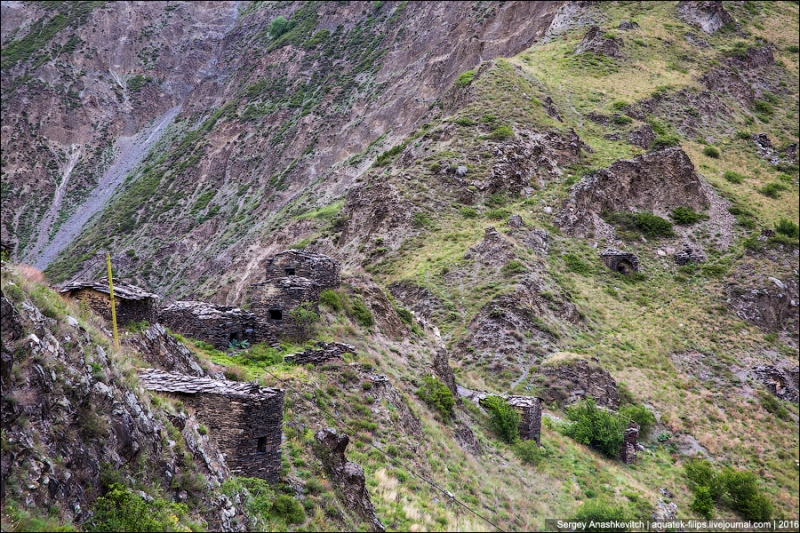
And again the hills
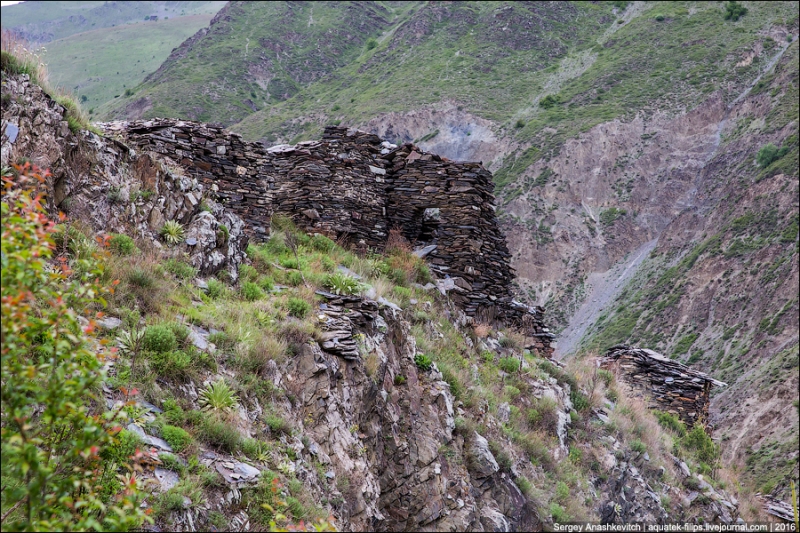
And the Crypts
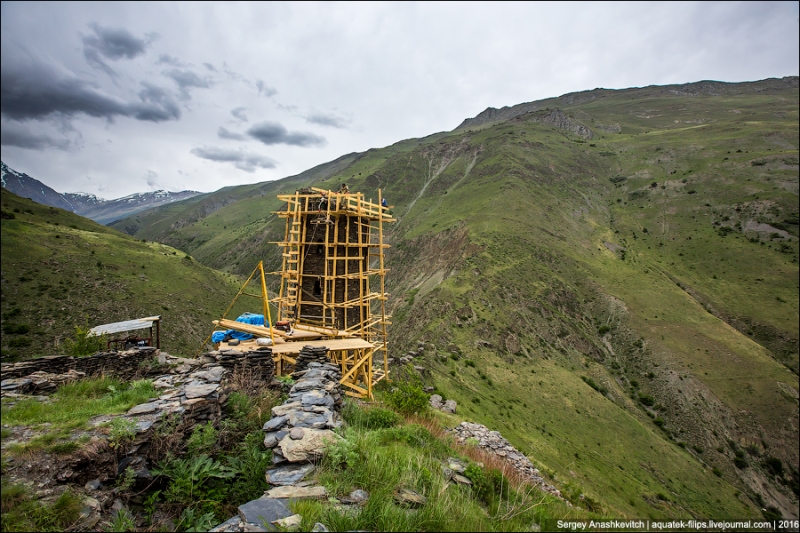
The only surviving watchtower is currently undergoing restoration. In fact, this saved her, because in recent years the tower began to rapidly collapse.
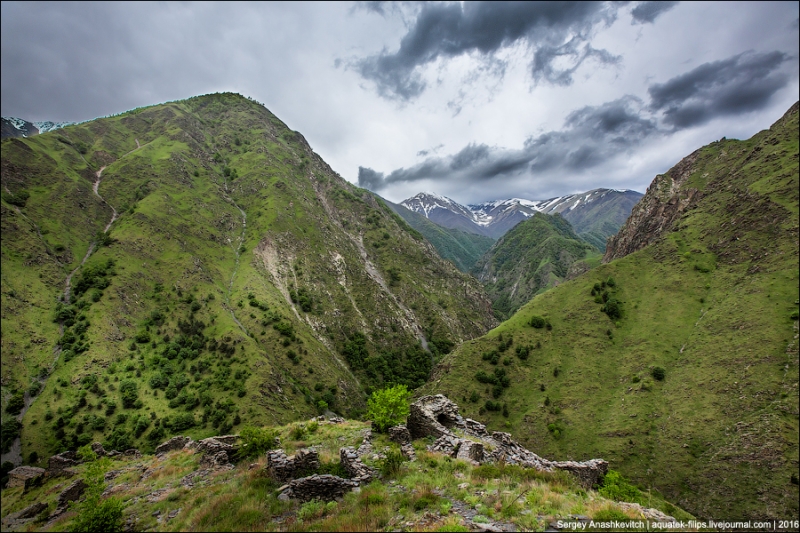
You can get to this place either by a hired car from Grozny, or by minibus, which runs from Grozny to the regional center of Itum-Kali, and then by hitchhiking and on foot.
If you have more than 1000 subscribers on one of the social networks, participate in the Kudablin project, and we will send you anywhere on the planet at our expense. Where you will go and what you will do will be decided by your subscribers.
Travel is closer than you think. Apply to Project Kudablin and you might be the next one to go on an adventure!

Text and photo author: Sergey Anashkevich

